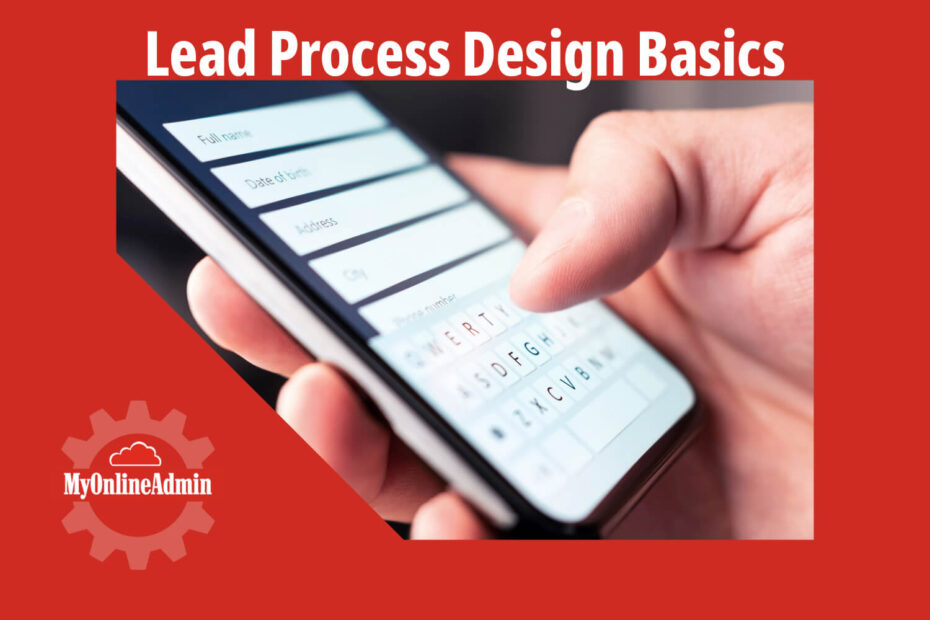Salesforce.com™ is THE best tool for enabling and navigating one of the most critical
functions of your marketing and sales cycle, the Lead Management process.
Whether you’re new to Salesforce or seeking to optimize your current system, understanding
the possibilities for implementing your process can significantly impact your sales success.
Here’s a comprehensive look at the lead capabilities in Salesforce, complete with examples to
illustrate each step.
Lead Capture
The first step in the lead process is capturing potential customer information. Salesforce allows
you to gather leads through various web forms, email campaigns, landing pages, and social
media platforms.
Example: You run a marketing campaign on LinkedIn, directing potential customers to a
landing page with a web form. The information entered by visitors is automatically captured in
Salesforce as new leads.
Lead Assignment
Once captured, leads can be assigned to a Lead Queue or the appropriate business
development/sales representatives. Salesforce can automate this process based on predefined
rules, ensuring leads are properly assigned and promptly followed up.
Example: Leads from a specific region are automatically assigned to the sales rep responsible
for that territory, or if a lead is interested in a specific product or service, it can be assigned to
the sales rep or Queue of reps with expertise in that area, ensuring a swift and efficient follow-up
process.
Lead Qualification
Qualifying leads as quickly as possible is essential to determine their potential value.
Salesforce is a great tool for guiding your team to capture the relevant information that allows
you to decide whether or not a lead has the potential to purchase your products and services.
See the screenshot below.

Lead Qualification Example:
During a first or second discovery call with a new lead, you can prompt your
representatives to ask relevant questions to understand buying power, timing, budget, need,
etc. Salesforce also allows you to provide Guidance for Success to help prompt the
representative to ask the right questions and understand this stage of the process.
Lead Nurturing
Pre-qualified leads often need nurturing before they’re ready to make a purchase. Salesforce
enables you to send carefully crafted email templates to keep leads engaged until they are
prepared to move forward. When used with marketing tools like Pardot, custom prospect
journeys can be created that track interactions and provide tailored experiences for the
prospect.
Example: An automated email series sends valuable content and product information to leads
over several weeks, gradually moving them closer to a purchase decision.
Marketing tools also allow Lead scoring and the ability to change content based on leads’
interactions with your marketing efforts, such as opening an email, clicking on a landing page,
or downloading a white paper.
Example: A lead who downloads multiple whitepapers and attends webinars scores higher
than those who only visit the website, indicating a higher level of interest and readiness to buy.
Lead Conversion
The ultimate goal of lead management is to convert leads into customers. In Salesforce, this
involves transforming a lead into an account, contact, and opportunity, allowing for detailed
tracking and management of the sales process. Whenever a Lead is converted, all activities
(phone calls, emails, tasks, meetings, etc.) transfer to the contact, account, and opportunity.
Example: A lead expressing interest in a demo is converted into an opportunity, with all their
information transferred seamlessly, enabling the sales team to focus on closing the deal.
Conclusion
Mastering the lead process in Salesforce can dramatically accelerate your sales efforts by
efficiently capturing, assigning, qualifying, nurturing, and converting leads. You can ensure that
no opportunity is missed and your sales pipeline continues to grow with qualified opportunities.
Implementing these industry best practice steps with information tailored to your business will
strengthen your lead management strategy.
By understanding and leveraging Salesforce’s lead process capability, you can transform your
sales strategy and drive better results. Do you have specific examples or scenarios you’d like
to explore further?
What information helps you “qualify” your prospects? Please contact us!
Let us fine-tune your lead process! Find out more with this link to our page: Fine Tune Your Lead Process.
Lead Process Design Video
In this informative video about lead processes, Dr. John Smoak delves into the essential aspects of lead processes, statuses, activities, and outcomes and how they should reflect your corporate best practices. He breaks down what a process is, the purpose of statuses, and miscellaneous best practices to tailor the lead process to your business. Dr. Smoak recommends leveraging CRM systems like Salesforce, HubSpot, and Zoho CRM for effective lead management in order to quickly move new leads through your sales process. If you’re looking to enable and/or optimize your lead process and improve lead qualification rates, this video offers valuable insights and practical advice.
